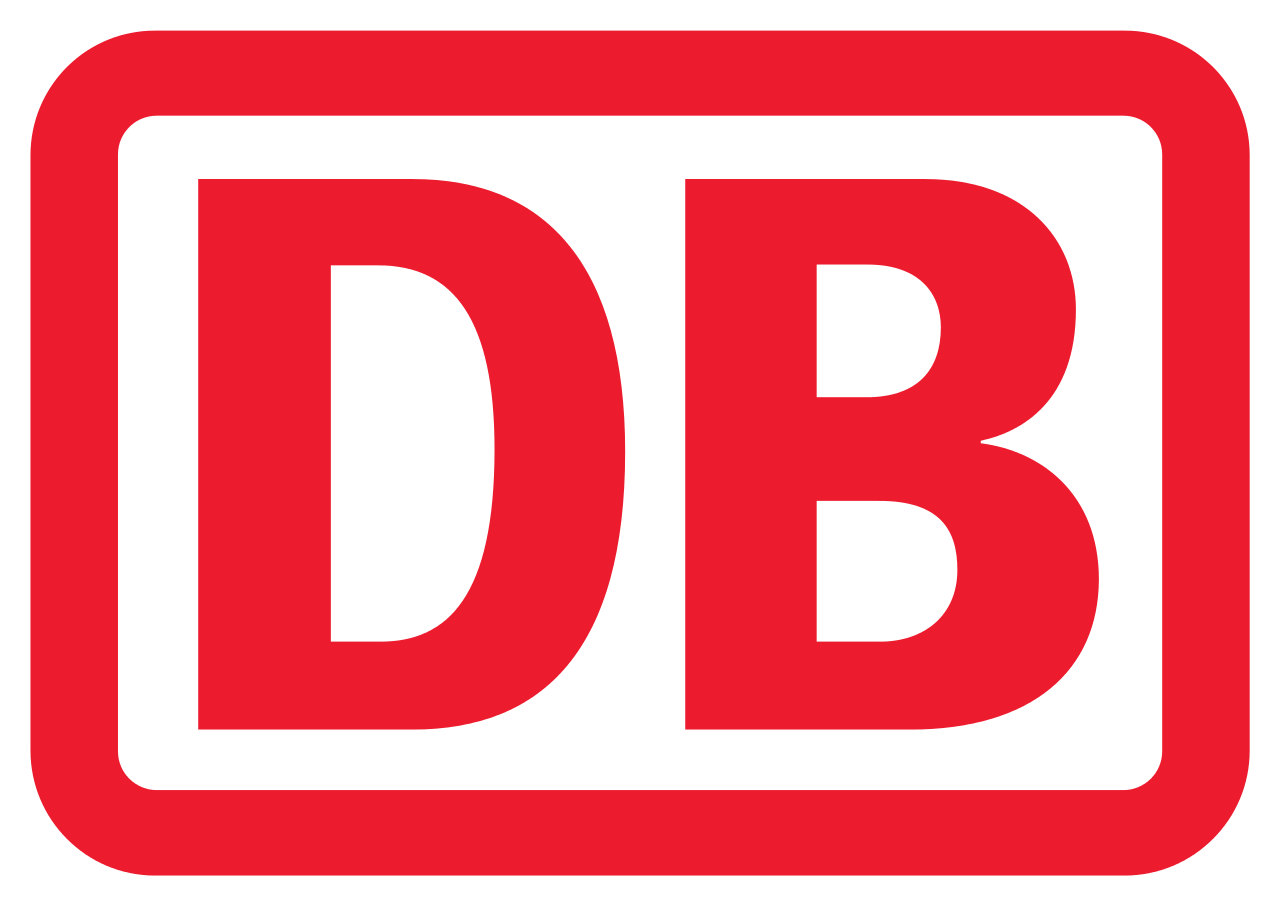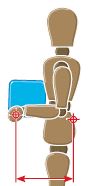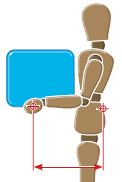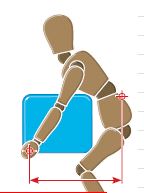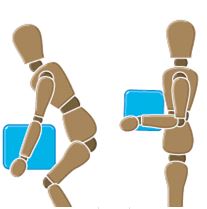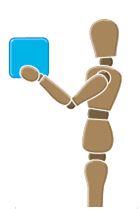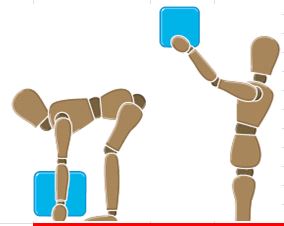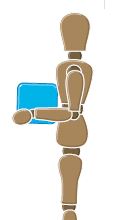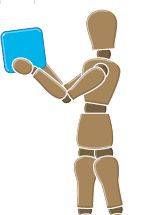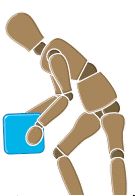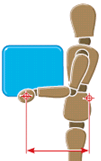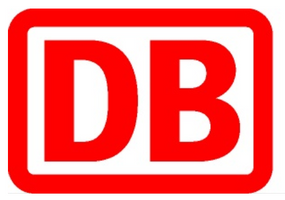Title Page
-
Site conducted
-
Conducted on
-
Prepared by
-
Location
-
Task being performed
LIFTING.
-
Load Dimension
-
Frequency (No. of lifts)
- 1 Lift Every 5 Seconds
- 1 Lift Every 9 Seconds
- 1 Lift Every 14 Seconds
- 1 Lift Every Minute
- 1 Lift Every 2 Minutes
- 1 Lift Every 5 Minutes
- 1 Lift Every 30 Minutes
- 1 Lift Every per day
-
Weight of item being lifted
- <10kg
- >10kg
- >20kg
- >30kg
- >40kg
- >50kg
-
Add media
-
Hand distance from lower back
- 1. Close, Upper arms aligned vertically and upright torso
- 2. Moderate, Upper arms angled away from body.
- 3. Moderate, Torso bent forward
- 4. Far, upper arms angled away from body and torso bent forward.
-
1. Close: Upper arms aligned vertically and upright torso
-
2. Moderate: Upper arms angled away from body.
-
3. Moderate: Torso bent forward
-
4. Far: Upper arms angled away from body and torso bent forward.
-
Vertical lift position.
- 1. Above knee and /or below elbow height.
- 2. Below knee and / or above elbow height.
- 3. Floor level or below or Above head height.
-
1. Above knee and/or below elbow height.
-
2. Below knee and/or above elbow height.
-
3. Floor level or below / Above head height
-
Torso twisting and sideways bending.
- 1. Little or no torso twisting or sideways bending.
- 2. Torso twisting or sideways bending.
- 3. Torso twisting and sideways bending.
-
1. Little or no torso twisting or sideways bending
-
2. Torso twisting or sideways bending
-
3. Torso twisting and sideways bending
-
Postural Constraints
- No postural Constraints
- Limited space with restricted posture
- Severely limited space and severely restricted posture
-
Grip
- Good grip, Item with well designed handles, fit for purpose, Loose parts enabling good grip
- Item with poor handles or handholds, fingers to be clamped at 90 degrees under the item.
- Item with poor design, loose parts, irregular objects, bulky or difficult to handle. Non-regid sacks or unprediccated loads
-
Floor surface
- Dry/clean floor in good condition
- Dry floor but in poor condition, worn or uneven
- Contaminated/wet or steep sloping floor or unstable surface or unsuitable footwear
-
Other environmental factors: Extremes of temperature (Hot/Cold), strong air movements, extreme lighting (Bright/Dark)
CARRYING
-
Carrying Frequency
- Carrying an item every 12 Seconds
- Carrying an item Once per Minute
- Carrying an item every2 Minutes
- Carrying an item every5 Minutes
- Carrying an item every30 Minutes
- Carrying an item Once per day
-
Carrying Weight
- <10kg
- >10kg
- >20kg
- >30kg
- >40kg
- >50kg
-
Hand distance from lower back.
- Close: Upper arms aligned vertically and upright torso.
- Moderate: Upper arms angled away from body.
- Moderate: Torso bent forward.
- Far: Upper arms angled away from body and torso bent forward
-
Close: Upper arms aligned vertically and upright torso.
-
Moderate: Upper arms angled away form body.
-
Moderate: Torso bent forward
-
Far: upper arms angled away form body and torso bent forward
-
Asymmetrical torso/load
- Load and hands symmetrical in front of item.
- Load and hand asymmetrical, upright body position.
- One handed carrying to the side
-
Load and hands symmetrical in front of item.
-
Load and hands asymmetrical, upright body position.
-
One handed carrying to the side.
-
Postural Constraints
- No postural constraints
- Limited space with restricted posture
- Severely limited space and severely restricted posture.
-
Grip
- Good grip, Item with well designed handles, fit for purpose, Loose parts enabling good grip
- Item with poor handles or handholds, fingers to be clamped at 90 degrees under the item.
- Item with poor design, loose parts, irregular objects, bulky or difficult to handle. Non-regid sacks or unprediccated loads
-
Floor surface
- Dry/clean floor in good condition
- Dry floor but in poor condition, worn or uneven
- Contaminated/wet or steep sloping floor or unstable surface or unsuitable footwear
-
Other environmental factors: Extremes of temperature (Hot/Cold), strong air movements, extreme lighting (Bright/Dark)
-
Carrying distance
-
Obstacles on route
- No obstacles on route and the carry route is flat
- Steep slope or up steps or throught closed doors or trip hazards.
- Using ladders
COMPLETION
-
Name and signature of inspector
